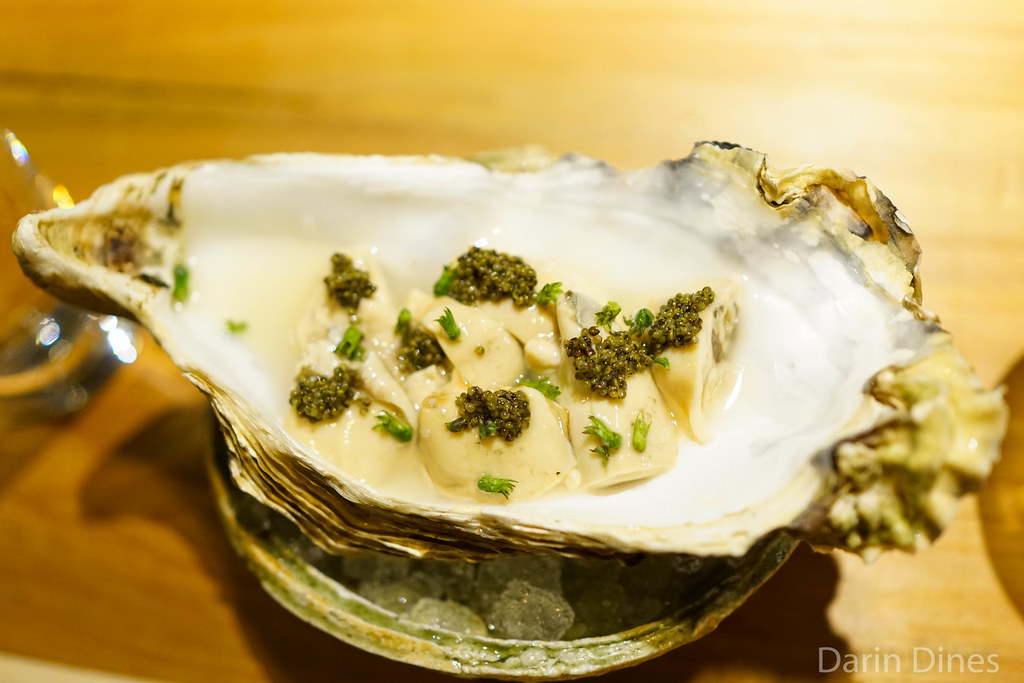Nomica (San Francisco, CA)
Nomica is a modern Japanese izakaya offering contemporary takes on Japanese drinking food. The menu has some intriguing menu items like gyoza-stuffed fried chicken wings, sous vide chicken karaage, and whole chicken baked in brioche. The restaurant was opened by the team behind Sushi Ran, a restaurant that has been serving Japanese cuisine in the Bay Area for over 30 years.








